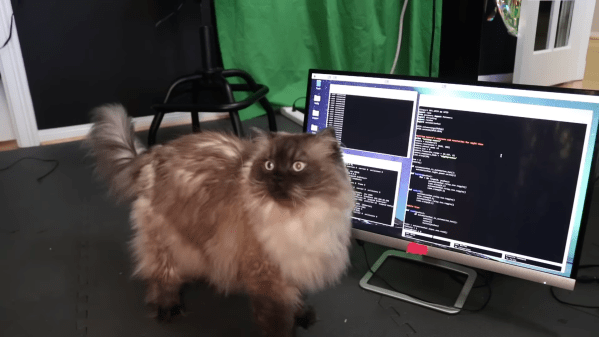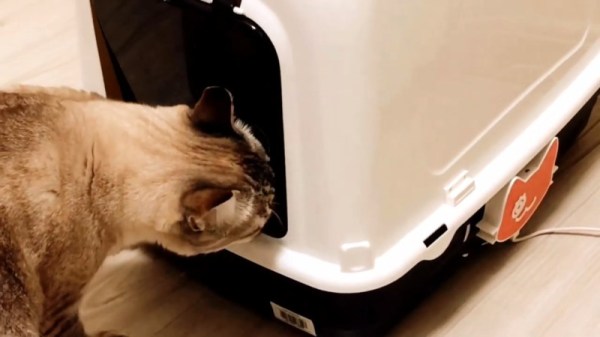[Estefannie] is a proud cat owner, but one of her cats has a bad habit of eating plastic. That means she needs to keep an eye on that cat’s bowel movements, but with two cats in the house, it’s difficult to know who did what. Thus, she whipped up an AI system to log her cats bathroom visits and give her peace of mind.
It’s not the most glamorous project — [Estefannie] notes she took over 50,000 pictures of her cats using the litterbox to train Microsoft Azure’s Custom Vision model. But after some work, it could readily identify which cat was using the litter box when fed images from a NoIR camera. The system then differentiates between number 1 and number 2 via the time the cat spends in the litter box. It’s not perfect, but it works.
The Raspberry Pi runs a Node.JS server to collate the results, paired with a website front-end for easy data display. That way, anyone on [Estefannie’s] WiFi network can see who did what from a browser. We’ve seen cat litter boxes put on the Internet of Things before, and we’ve even seen people hack litterbox DRM, too.
Continue reading “Monitoring A Cat’s Litter Box Usage With AI”
















